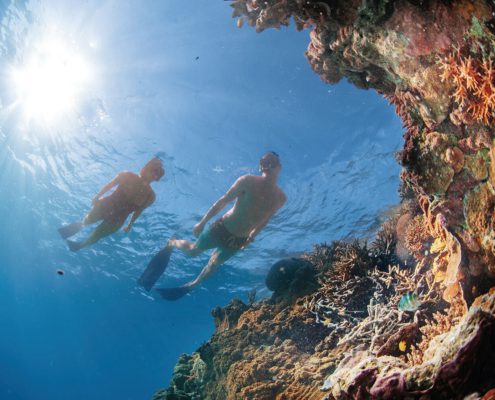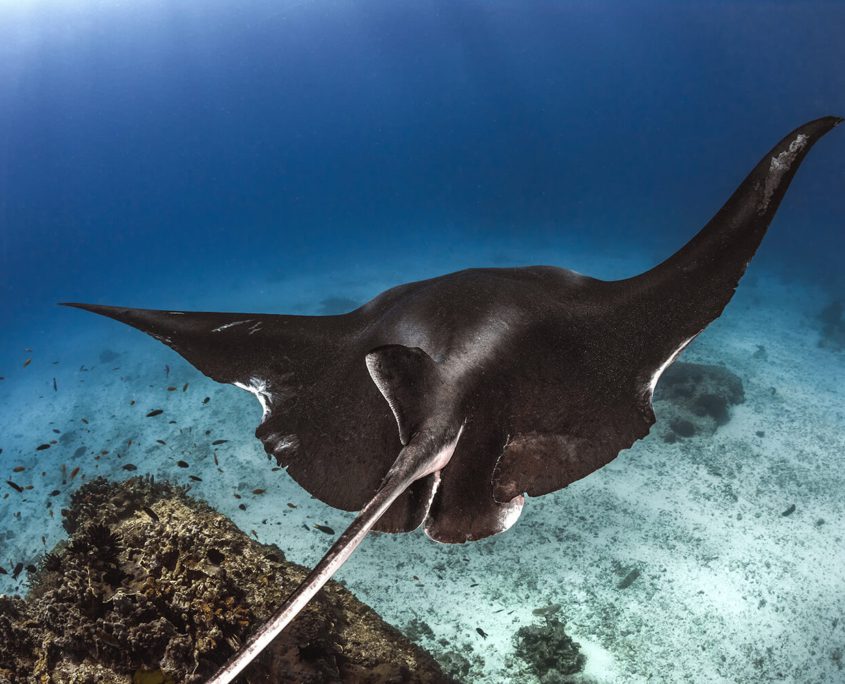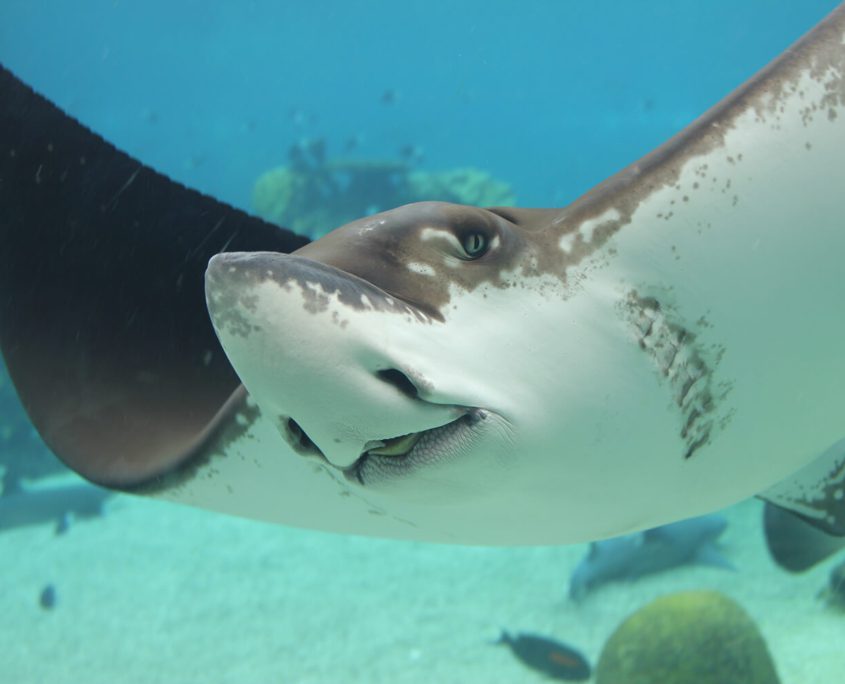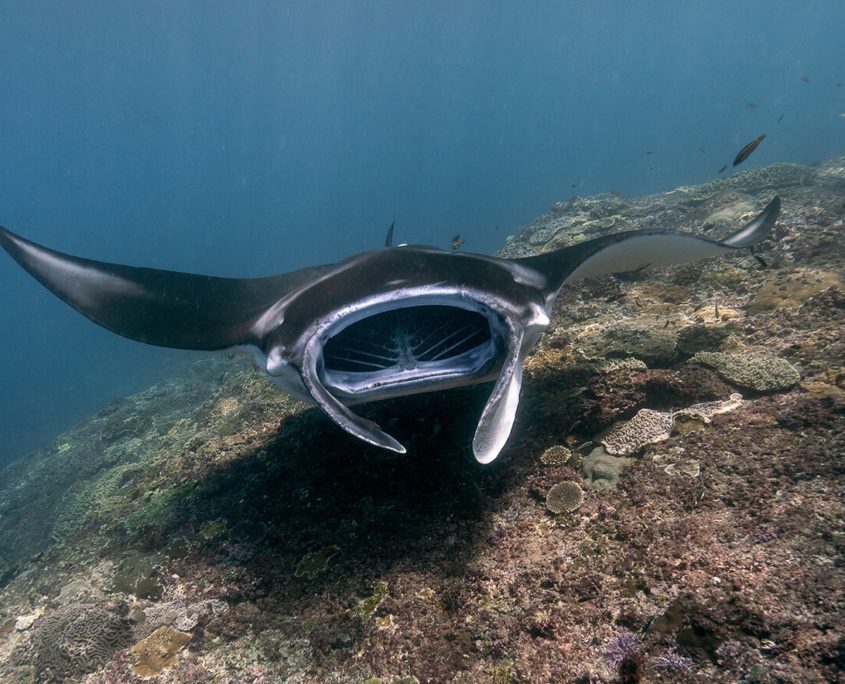 https://thingstodobundaberg.com.au/wp-content/uploads/2021/12/Unique-Snorkelling-Experiences.jpg
1000
1500
admin
https://thingstodobundaberg.com.au/wp-content/uploads/2024/06/things-to-do-bundaberg-logo.png
admin2021-12-09 00:42:582021-12-21 01:25:36Unique Snorkelling Experiences
https://thingstodobundaberg.com.au/wp-content/uploads/2021/12/Unique-Snorkelling-Experiences.jpg
1000
1500
admin
https://thingstodobundaberg.com.au/wp-content/uploads/2024/06/things-to-do-bundaberg-logo.png
admin2021-12-09 00:42:582021-12-21 01:25:36Unique Snorkelling ExperiencesRays Great Eight Bundaberg
Giant mantas (Rays), despite their very large size, are similar to the largest fishes, whale sharks and basking sharks, and the largest mammals, blue whales in that they eat tiny plankton.
They swim constantly with their large mouths open, filtering plankton and other small food from the water.
Giant mantas have specialized flaps, known as cephalic lobes, which aid in their strategy of feeding by directing more water and food into their mouths.
Giant manta rays are found worldwide in tropical, subtropical and temperate waters and are commonly seen offshore and near productive coastlines.
Giant mantas are known to migrate long distances and may visit colder waters for short periods of the year.
Giant mantas typically are solitary animals, but they do aggregate to feed and mate.
Giant manta rays typically only give birth to one pup every two to three years.
Due to their broad range and sparse distribution across the world’s oceans, scientists still have gaps in their knowledge of giant manta ray’s life history.
Little is known about the growth and development of giant mantas, but there are reports of them living to at least 40 years.
Giant manta rays are threatened most significantly by commercial fishing, both being targeted and caught as bycatch.
Demand for manta and other mobula rays’ gill rakers has increased dramatically in Asian markets, even though conservation measures have been adapted in many places.
They are mainly targeted by scuba divers, but are also valuable to non-diving tourism operations and local economies as a tourist attraction.
While this development may afford the giant manta ray greater protection, the high demand for the ray’s meat and the traditional use of its gills in medicine still poses a serious threat to their survival.
Therefore, it is of critical importance for scientists to continue to monitor the Giant Manta population trends to ensure that they do not continue to decline and that other localized species might exist.
Rays, Great 8, Southern Great Barrier Reef
Rays, part of the esteemed Great 8 on the Southern Great Barrier Reef, are a captivating sight for visitors exploring this underwater paradise. These graceful creatures, including the majestic manta rays, glide effortlessly through the crystal-clear waters. Manta rays, with their distinctive wing-like fins and large size, can be seen performing elegant underwater acrobatics, often accompanied by smaller fish that clean their surfaces.
Their calm and serene movements make them a highlight for snorkelers and divers. The reef is also home to various other ray species, such as stingrays, which are known for their flat bodies and long, whip-like tails. Rays play a crucial role in the reef’s ecosystem, helping to maintain the health and balance of the marine environment. Encountering these gentle giants on the Southern Great Barrier Reef is a truly enchanting experience, showcasing the diverse and vibrant life of this unique habitat.



